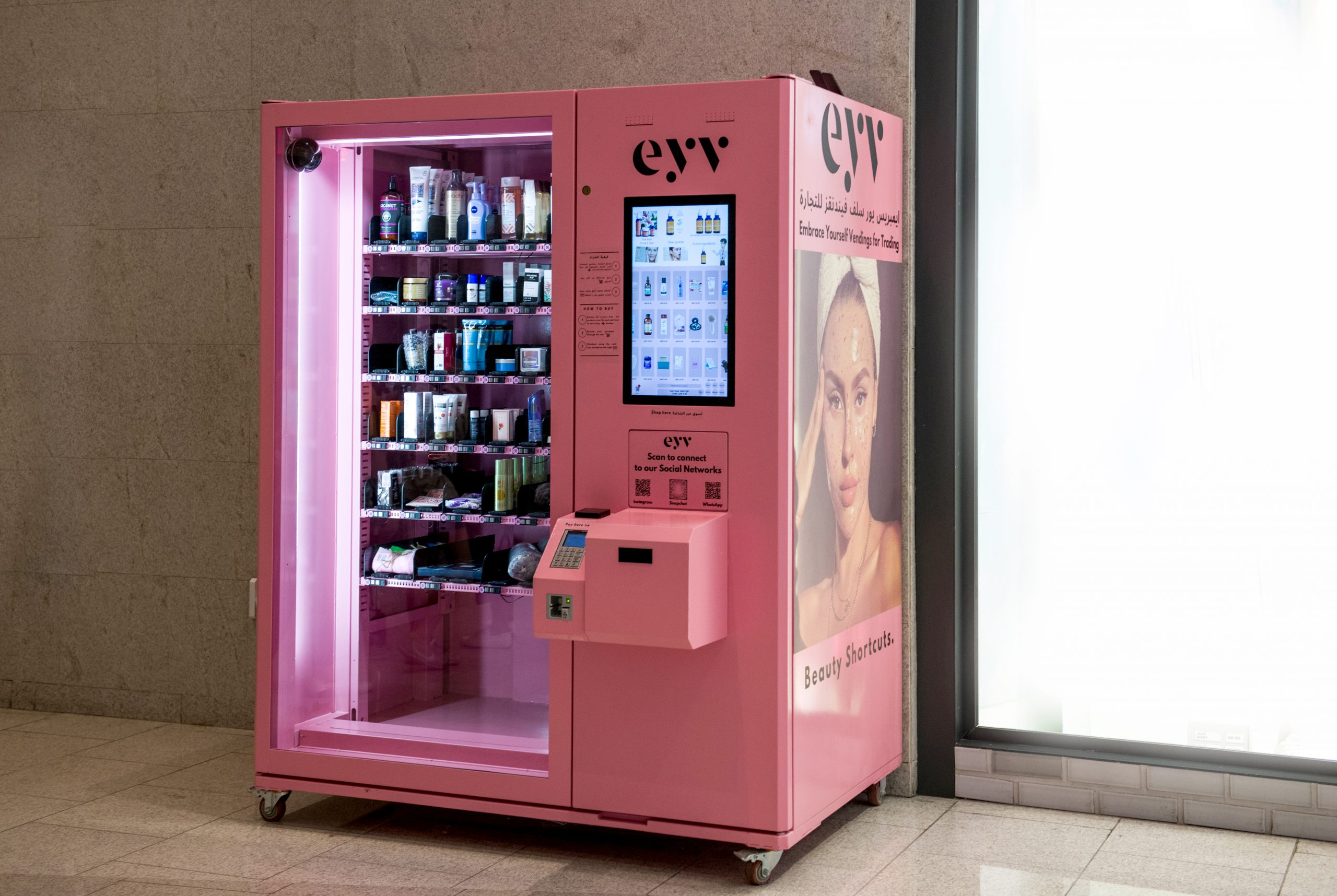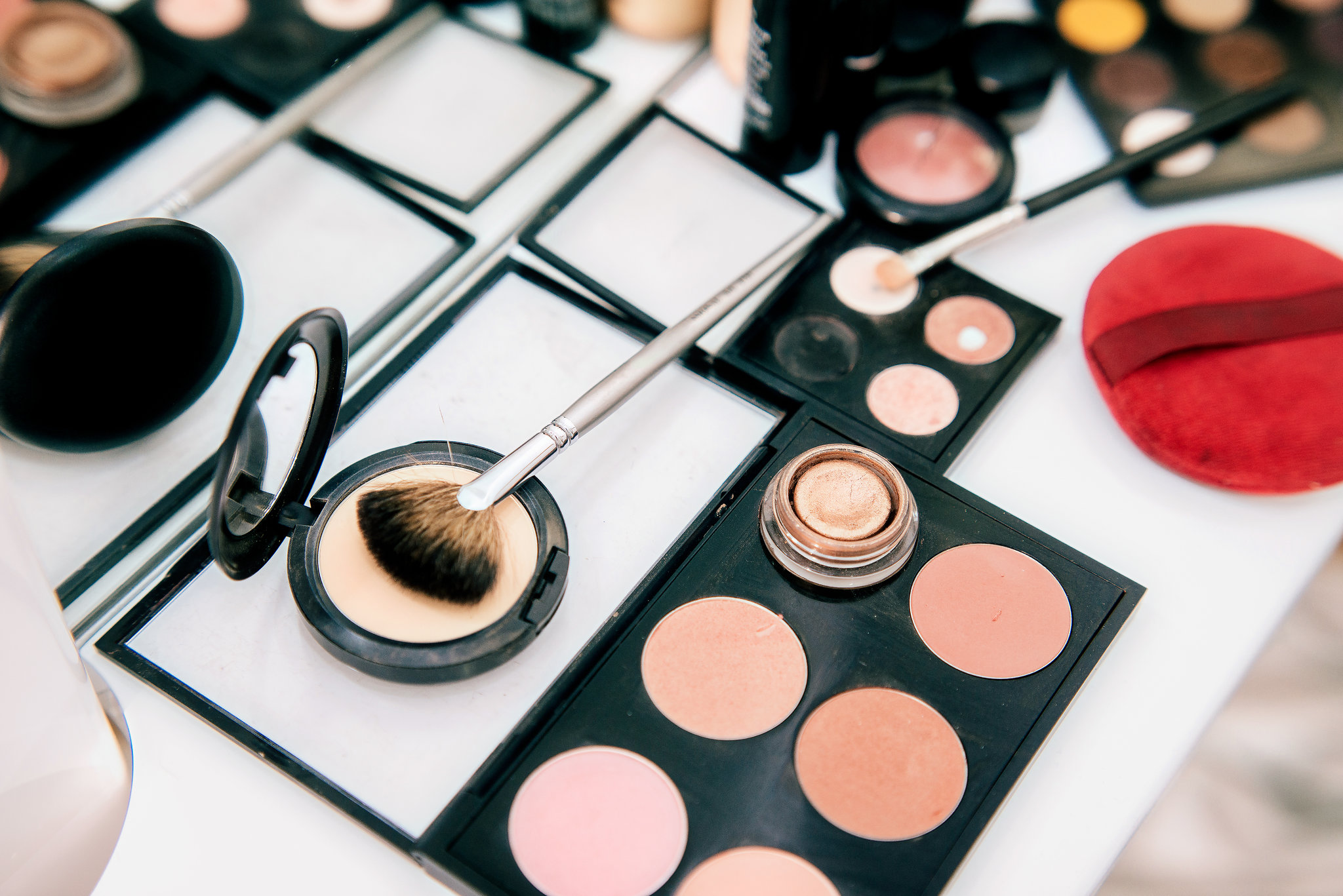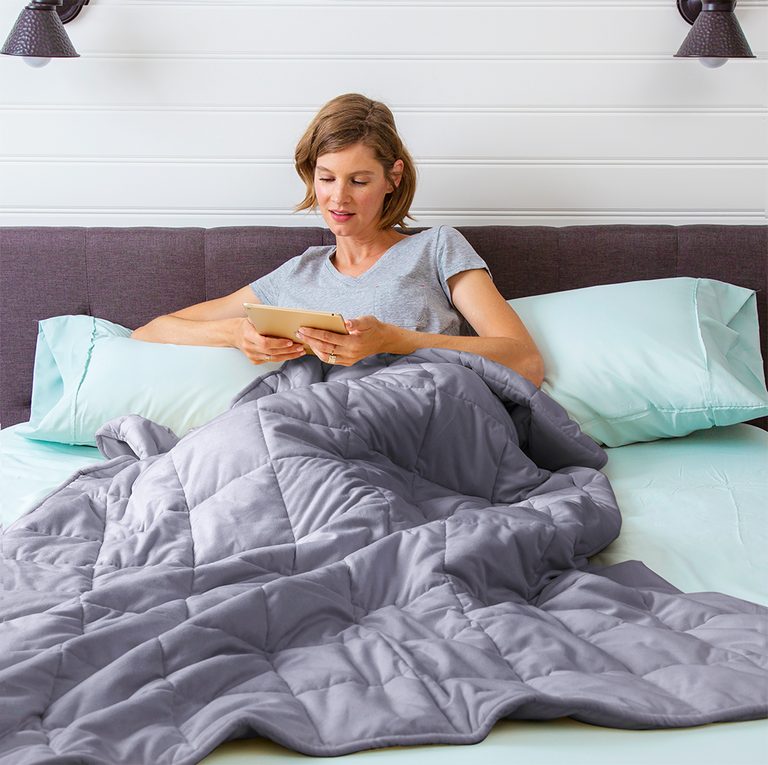
Call it a sign of the times: The Korean skin-care brands Dr. Jart+ and Peach & Lily offer collections of “maskne essentials” on their websites. The patch purveyor Hero Cosmetics recently posted an entry about maskne on its blog. But don’t dismiss maskne — acne and irritation from wearing a mask — as just another portmanteau to market skin-care products.
“Oh, it’s a real thing,” said Dr. Mona Gohara, an associate clinical professor of dermatology at Yale School of Medicine. She herself has gotten maskne from her three layers of masks: a KN95 (similar to an N95) topped with a surgical mask to keep it clean, plus a face shield if she’s doing procedures.
Maskne — the most common kind of which is acne mechanica, a.k.a. the type of acne a football player may get where the helmet rubs — is also enough of a thing that the Covid-19 task force of the American Academy of Dermatology (A.A.D.) felt compelled to release advice on the subject.
Healthcare and other front-line workers are most at risk because their masks are tighter-fitting and they are wearing them longer. A research letter published in the Journal of the American Academy of Dermatology reported that at least 83 percent of health care workers in Hubei, China, suffered skin problems on the face. And anecdotally, doctors report an increase in acne flare-ups in people outside of health care as well.
“Conversations about acne have hit a record high in my practice and in my direct message box on Instagram,” Dr. Whitney Bowe, a dermatologist in Manhattan, wrote in an email. That’s because masks can worsen skin issues that already exist or cause new ones. Add in the summer heat and humidity and you’ve got a petri dish for breakouts.
How to Avoid Maskne? Read On.
1. Consider the type of mask you wear.
Only you can decide how you want to balance the weight of the mask material with the level of protection it will give you, but dermatologists suggest 100 percent cotton as a good compromise because it allows skin to breathe a bit. As the temperature rises and you sweat more, you’ll need to keep the mask clean.
“You need to treat it like underwear and wash it frequently,” said Dr. Candrice Heath, an assistant professor of dermatology at the Lewis Katz School of Medicine at Temple University. “You don’t want all of that oil and sweat and dirt to sit there and then you reapply it to your face constantly.”
2. Streamline your skin care routine.
Many of us use too many beauty products anyway, so consider mask wearing a good excuse to adopt the most basic skin care routine: a gentle non-soap cleanser and a mild, fragrance-free moisturizer.
Another reason for using fewer products: The mask will intensify product delivery to your skin. (You’ve seen this side effect of occlusion in action if you’ve ever, say, treated dry, cracked feet by applying Vaseline and wearing socks to bed.) But in the case of products with acids or retinols, which can be irritating, intensifying delivery is not likely to be a good thing.
3. Break up with makeup (at least temporarily).
If you put on makeup for a video call, consider taking it off when you go out. Dr. Heath gently chides patients who appear onscreen at tele-appointments wearing a full face of makeup.
If you sweat underneath your mask, Dr. Shari Marchbein, a dermatologist in New York, suggests using micellar water or a gentle cleanser to do a quick wash when you take it off. (Overwashing your face dries it out, tricking it into thinking it needs to produce more oil, which can give you more of the acne you’re trying to avoid.) Either apply moisturizer or, if it’s late enough in the day, whatever products you’d use at night, Dr. Marchbein said.
How to Treat It if You Get It
It is recommended to use an over-the-counter benzoyl peroxide treatment only on the spots, and starting with a 2.5 or 5 percent concentration, not 10 percent. If you use retinol, apply that product one night and the spot treatment the next.
If you have black or brown skin and develop hyperpigmentation from the acne, Dr. Heath recommends a topical with glycolic acid, which can treat both the blemishes and the darkening of the skin. She cautions against long-term use of a skin lightening agent without the advice of a dermatologist.
Dr. Gohara, who like Dr. Heath specializes in treating skin of color, reminds patients with hyperpigmentation to wear sunscreen even indoors, because blue light from devices can make the problem worse.
If what’s on your face looks like more of a rash or “makes you want to scratch your face off,” as Dr. Gohara put it, it’s possible your issue isn’t actually acne. You may have contact dermatitis, which she sees patients get from metal or rubber parts of masks, and some fabrics (which, when washed, may release formaldehyde, an irritant) and dyes.
Hydrocortisone cream can help, though you’ll want to see a dermatologist for proper diagnosis and treatment. “Dab deliberately, don’t slather,” Dr. Gohara said. That’s because hydrocortisone cream can, “stoke the acne fire,” she said, though the mechanism is unclear.
If you’ve tried all of the above and your acne persists, you may want to look at two other causes of acne: stress and diet. Dr. Bowe wrote: “If I see a tender cyst on the chin, there’s no way to say whether it popped up because of the mask, because of that sleepless night or because of those comfort foods they reached for over the weekend.”
You could, as Dr. Bowe advises, avoid processed snacks and bring on the coconut or macadamia nut milks. If that’s too far to go, take comfort that a mask at least hides the problem.
Source : NY Times






Leave A Comment
You must be logged in to post a comment.